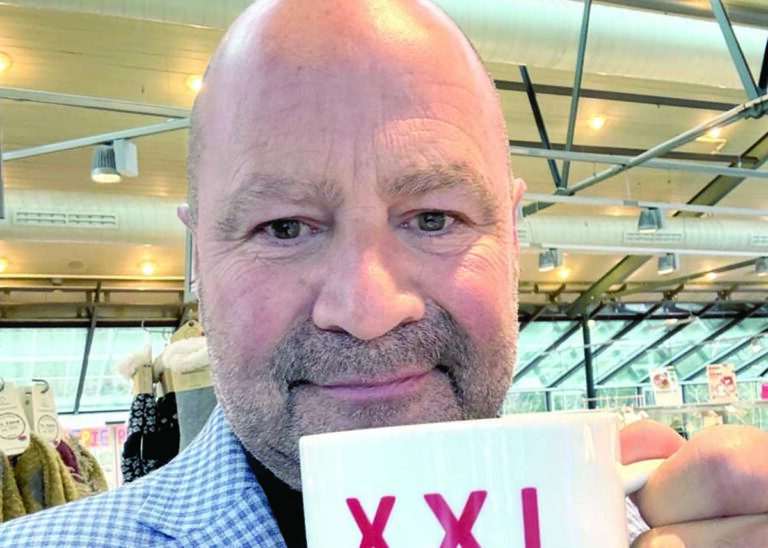As bitterly cold weather finds its way into Colorado, you may be lighting the fireplace or plugging in a space heater to stay warm. From late fall to early spring, when the forecast calls for freezing temperatures, West Metro sees an increase in home heating fires.
Even a small fire can cause thousands of dollars in damage, not to mention the potential trauma of a family member being injured or the loss of a precious item or family heirloom. Identifying and lowering the risk of fire where you live will keep your family and your property safe.
Space heaters can help you stay warm and help you manage your utility bills. But you should follow a few simple guidelines to stay safe:
• keep space heaters at least three feet away from anything that can burn.
• always plug them directly into the wall outlet – never use an extension cord.
• when you leave the room or go to bed, turn them off and unplug them.
If you have a wood-burning fireplace:
• get it cleaned and inspected every year.
• use a wire mesh cap to keep animals, rain and debris out of the flue.
• check the damper to make sure it’s working properly.
• use a fireplace screen and keep fires small.
• keep children and pets away from the fireplace.
If you have a gas fireplace:
• get it inspected every year.
• keep people, pets and flammable materials at least three feet away from the fireplace.
• know that the glass panel can heat up to 500 degrees.
• make sure the safety screen is secure.
• turn it off when you go to bed, even if you’re in the same room.
One key thing to remember is making sure your smoke and carbon monoxide alarms are properly installed and working. Alarms can alert you to a potential emergency, so you can take action and get out of the house.
Install smoke alarms inside each bedroom, outside each sleeping area and on every level of the home, including the basement. Test the alarms at least once a month. If they are battery-operated, change the batteries at least twice a year. Know that smoke alarms don’t last forever. They should be replaced 10 years after the manufacturing date. You can find the date on the label on the back of the alarm.
A carbon monoxide alarm should be placed on every floor of your home. Change the batteries every six months and replace the alarms every seven years. All carbon monoxide alarms produced after Aug. 1, 2009, have an end-of-life warning notification that will give an alert that it should be replaced. The alarm will beep every 30 seconds or display ERR or END.
For more information on home safety, visit westmetrofire.org.
Ronda Scholting is West Metro Fire Rescue’s Public Information Officer.






